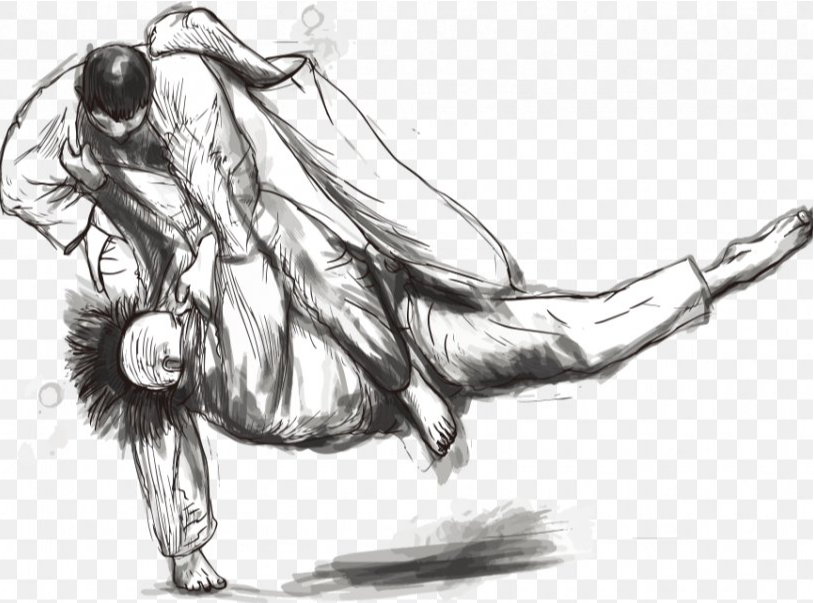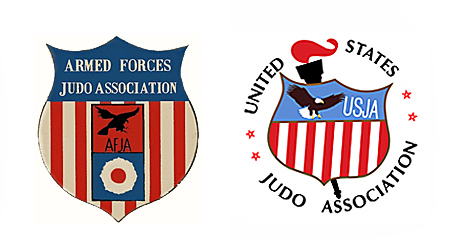History of the USJA

The governance of US Judo started in 1952, through the efforts of Dr. Henry A. Stone, Major Donn Draeger (USMC), and others. At that time there was no national authority to give guidance to local judo communities and insure the logical and orderly development of judo as a sport. The Amateur Judo Association (AJA) was a first attempt at establishing a national governing structure in conjunction with the Amateur Athletic Union (AAU). Dr. Stone served as the first president. Authority to grant the most coveted Kodokan Judo ranks was assumed by the national organization. High ranking individuals were no longer permitted to grant promotions independently. The growth of local judo organizations was further encouraged, promotion privileges were granted to yudanshakais (regional black belt associations), and a national communications network was opened.

One of the first judo groups to organize was the 15th Air Force Judo Association that began in the Physical Conditioning Unit at March AFB in late 1956. Prior to that, in the early 50’s, the Strategic Air Command set up a physical conditioning unit at Offutt Air Force Base in Omaha, Nebraska, home of SAC. This unit proved so successful that General Curtis E. LeMay, then SAC’s Commander-in-Chief, directed that similar units be set up at other bases. Self-defense was not SAC’s sole reason for stressing such training. Combined with a preliminary conditioning course, the specialized training was designed to bring into play every muscle of an airman’s body. The net effect was to leave the average crew member more alert, physically and mentally, and be able to endure the grueling pressures and demands of the long missions they flew.
Emilio “Mel” Bruno of Strategic Air Command (SAC) was the foster child of Roy H. (Pop) Moore a school teacher at a high school n Inglewood, California. In 1932, Moore was contacted to train some of the top Japanese judoka in wrestling. This included Professor Kotani of the Kodokan. Since Mel Bruno was one his foster dad’s top wrestlers at the high school, it was natural that friendship would blossom between Bruno and Kotani. This life-long association lasted over four decades.
Bruno was one of chief individuals responsible for the introduction and development of a judo program in SAC and other commands. During his four years there, Bruno personally instructed General Curtis Lemay and General Thomas S. Power as well as key command personnel. Bruno helped to initiate a program in which Air Force classes and teams could participate in direct training at the Kodokan Judo Institute. The Japanese reciprocated and sent a Kodokan team to visit U.S. Air Force bases in 1953, while Bruno was busy guiding the early development of the Midwestern Yudanshakai.
In 1957, the Air Force Judo Association (AFJA) was admitted as a yudanshakai to the Judo Black Belt Federation (JBBF) of the United States under Mel Bruno. In that same year, Sergeant George Harris won the Grand Championship in the National AAU Judo Championships in Hawaii.
With the addition of members Bill Nagase, Sam Numahiri in Fort Worth, Karl Geis and Rick Landers in Houston, and Air Force Sergeant Rick Mertens in Shreveport, the Southwestern U.S. Judo Association came into being as a yudanshakai of the JBBF. This new yudanshakai annexed small areas out of several exiting yudanshakais which covered the states of Texas, Louisiana, Arkansas, Oklahoma, and New Mexico. At that time, judo was only loosely organized into groups within Air Force Commands.
Soon, these groups formed a larger body to encompass the entire U.S Air Force and looked for someone to command the associations. Around 1960, Darrell Darling, Phil Porter, Paul Own, Wally Barber, who was director of the local YMCA, and Mike Manly met at Dr. Sachio Ashida’s house and decided to form a yudanshakai. They framed a constitution and made contacts with the yudanshakai officers in Chicago and Denver to implement the project. In 1961, the yudanshakai, which covered the greater part of six states, was formed.
In 1966, Rick Mertens of Bossier City, Louisiana, retired from the U.S. Air Force and established the AFJA (which had become the Armed Forces Judo Association) office in his home. Rick served as the Executive Director of the AFJA throughout the 1960’s. After the formation of the United States Judo Association (USJA), he remained at the helm until 1977 when the headquarters was moved to St. Louis, Missouri.
By the late 60’s, the differences and positions that had been fought out at the meetings finally culminated with the AFJA withdrawing from the JBBF as a yudanshikai. The actual founding of the USJA began to take shape at a 1968 meeting in St. Louis where the following AFJA leaders met: George Bass, Karl Geis, George Harris, Rick Mertens, Robey Reid, Sr., and Phil Porter. A year later, Jim Bregman joined the AFJA’s Board of Governors at a meeting in Chicago where they officially renamed the organization the USJA on the morning of April 22nd, 1969.
The JBBF changed its name to the United States Judo Federation. Both the USJF and USJA continued to remain closely aligned with the AAU, which still controlled the Olympic team. However, the AAU was being pressured by the USJF to only recognize them as the only authorized body to govern judo in the United States. This changed in July of 1977, when the USJA became a DC corporation and successfully settled a lawsuit it brought against the AAU winning equal recognition with the USJF. One year later, the AAU was supplanted with the passing of the Amateur Sports Act in 1978. Under this act, separate National Governing Bodies (NGBs) were made the requirement for each Olympic Sport.
In the 1980’s, the USJA relocated its headquarters to Colorado Springs to be next to the USOC and established a National Judo Institute. After the USOC opened a national judo training center of its own, the need to be based in Colorado Springs became a moot point. In 2015, the USJA adopted a virtual office and became cloud based allowing its club leaders and members to transact expeditiously and efficiently from either their home based personal computers or smart phones while reducing escalating operating cost. This enabled the resurrection of the USJA’s Development Fund by President John Paccione to support its members.
Since its inception, these individuals have served as USJA Presidents: George Bass, George Harris, Jim Nichols, Jim Bregman, Phil Porter, Jesse Jones, Mike Szrejter, Jim Webb, AnnMaria De Mars, Gary Goltz, Marc Cohen, and John Paccione. Today, the USJA has more than 25,000 Life Members and continues to thrive.